The House Finch, scientifically known as Haemorhous mexicanus, is a charming and adaptable bird species that belongs to the finch family, Fringillidae. With its cheerful song, colorful plumage, and widespread distribution, the House Finch is a familiar sight to birdwatchers and nature enthusiasts across North America.
Physical Characteristics:
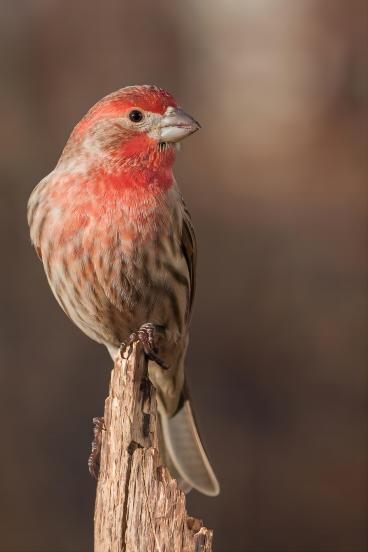
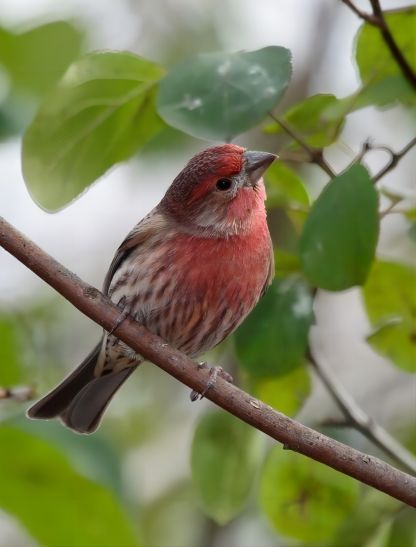
- Size and Coloration: House Finches are small to medium-sized birds with a plump body, long tail, and a slightly curved bill. Males display vibrant red plumage on their heads, throats, and chests, while females have more subdued brown and streaked plumage.
- Distinctive Features: Both males and females have thick, conical bills suitable for cracking seeds, and their wings show a mixture of brown, gray, and streaked patterns.
- Sexual Dimorphism: The striking red coloration of male House Finches sets them apart from the more subtly colored females.
Habitat and Distribution:
- Preferred Habitat: House Finches are highly adaptable birds that can be found in a variety of habitats, including urban areas, suburban neighborhoods, parks, gardens, and open woodlands.
- Geographical Range: Native to western North America, House Finches have expanded their range across the continent due to introductions and successful breeding in new areas.
Behavior and Diet:
- Feeding Habits: House Finches primarily feed on seeds, fruits, buds, and occasionally insects. They are regular visitors to bird feeders, where they can be observed cracking seeds with precision.
- Social Behavior: These birds are often seen in small flocks or pairs, engaging in social interactions and vocalizations to communicate with one another and establish territories.
Reproduction and Nesting:
- Breeding Season: House Finches breed from spring to summer, with females building cup-shaped nests in a variety of locations, including trees, shrubs, ledges, and even human-made structures.
- Egg-laying: Female House Finches lay a clutch of eggs, and both parents participate in incubating the eggs and caring for the young hatchlings.
Conservation Status:
- House Finches are abundant and widespread throughout their range, with stable populations and no significant conservation concerns. Their adaptability to various habitats has contributed to their success in both natural and human-altered environments.
The House Finch's delightful song, colorful plumage, and lively presence make it a beloved and iconic bird species in North America. Its ability to thrive in diverse habitats and its close interactions with humans at backyard feeders have endeared it to many, highlighting the beauty and resilience of this charming finch species.


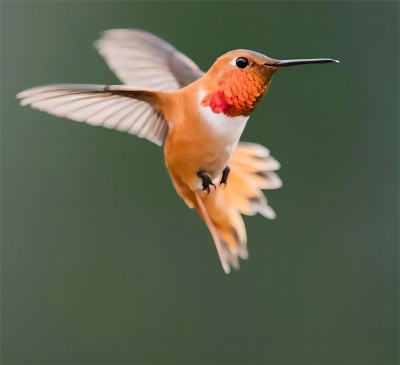 Introduction to Hummingbirds
Introduction to Hummingbirds
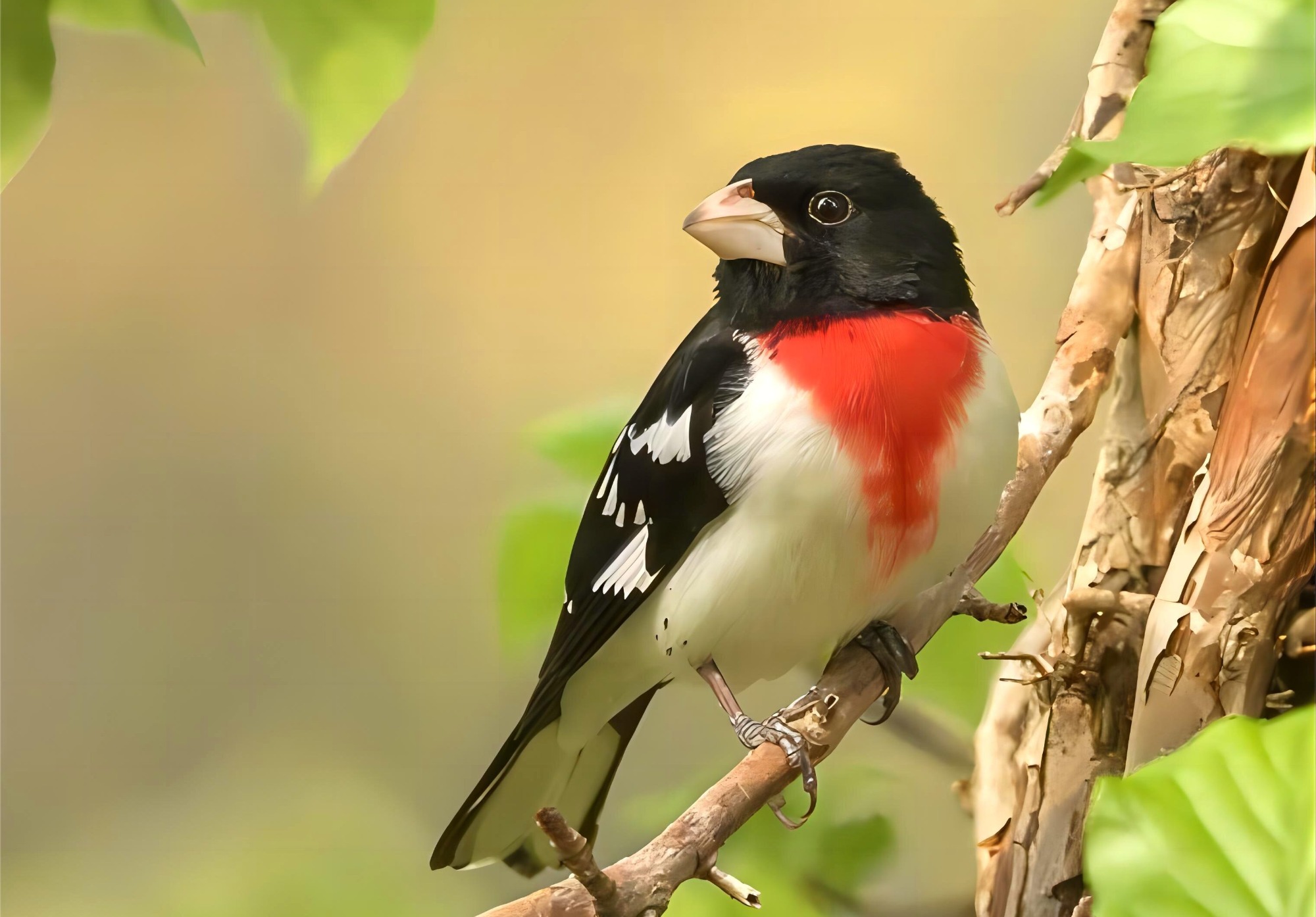 Rose-breasted Grosbeak
Rose-breasted Grosbeak
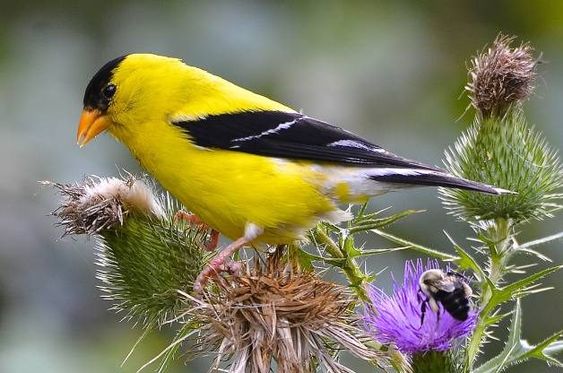 Comprehensive Overview of Spinus tristis (American Goldfinch)
Comprehensive Overview of Spinus tristis (American Goldfinch)